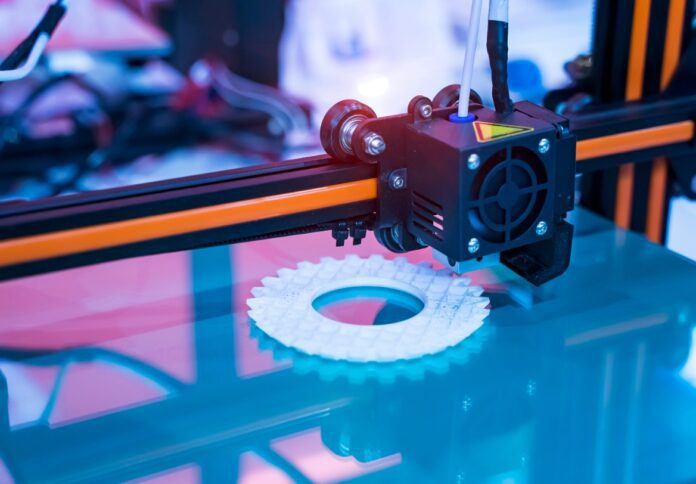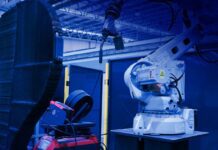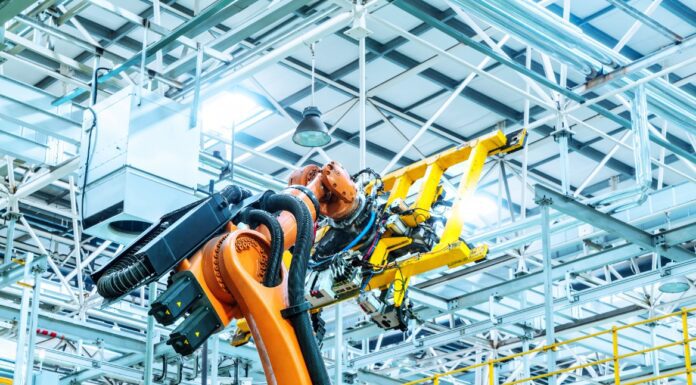
As the calendar turns to 2025, the Australian manufacturing sector stands at the cusp of transformation.
The past year has been one of resilience and innovation, with manufacturers adapting to economic challenges, embracing advanced technologies, and pursuing sustainability goals with renewed vigour.
The new year brings fresh opportunities to harness these advancements, paving the way for an era defined by growth, efficiency, and global competitiveness.
Strengthening sustainability commitments
Sustainability remains at the forefront of Australia’s manufacturing agenda. With ambitious national targets for carbon neutrality by 2050, manufacturers are investing in green technologies, renewable energy integration, and circular economy practices.
Initiatives such as the Modern Manufacturing Initiative continue to support industries in reducing their carbon footprint while fostering economic growth.
For instance, 2024 witnessed the rise of innovative recycling processes and the adoption of hydrogen as a clean energy source in manufacturing.
As 2025 unfolds, these trends are expected to accelerate, driven by government incentives and consumer demand for eco-conscious products.
Technological advancements driving change
Industry 4.0 technologies are revolutionising the way manufacturers operate. From AI-powered predictive maintenance to the widespread adoption of digital twins, the manufacturing landscape is becoming more efficient and agile.
The integration of automation, robotics, and IoT devices is enabling manufacturers to optimise production, reduce costs, and improve product quality.
This year, Australian manufacturers will also continue to explore the potential of quantum computing, additive manufacturing, and blockchain for supply chain transparency.
Workforce development for a future-ready industry
The success of the manufacturing sector hinges on a skilled workforce capable of navigating new technologies and methodologies.
In 2025, efforts to upskill and reskill workers will take centre stage. Collaborations between government bodies, educational institutions, and industry leaders aim to bridge the skills gap and prepare the workforce for a tech-driven future.
Digital skills programs, apprenticeships, and initiatives like the Manufacturing Workforce Strategy 2030 will ensure that Australian workers remain competitive on a global scale.
These efforts not only enhance individual career prospects but also strengthen the sector as a whole.
Expanding global trade opportunities
Australia’s strategic position in the Asia-Pacific region offers unparalleled opportunities for trade expansion. Free trade agreements and partnerships with neighbouring countries will continue to provide avenues for exporting high-quality Australian-made products to international markets.
This year, manufacturers can capitalise on these opportunities to diversify their portfolios and boost economic growth.
Collaboration and innovation as key drivers
The road to 2025 emphasises collaboration. Partnerships between industries, startups, and research institutions are fostering innovation, particularly in areas like advanced materials, biotechnology, and clean energy manufacturing.
Government programs such as the Trailblazer Universities initiative are further enabling breakthroughs that redefine what is possible in manufacturing.
As we welcome 2025, Australian manufacturing is poised for a year of opportunities and achievements. By embracing sustainability, leveraging advanced technologies, investing in workforce development, and fostering collaboration, the sector is set to thrive.




















